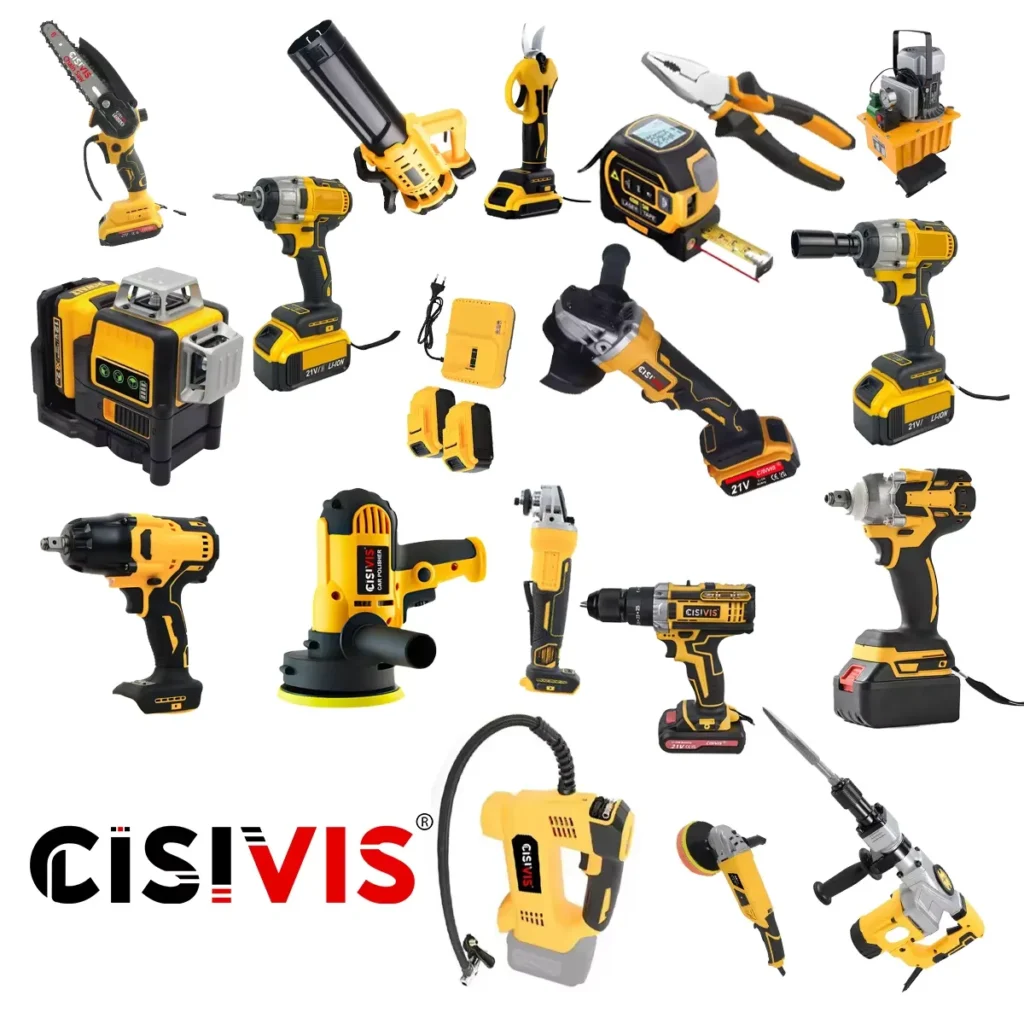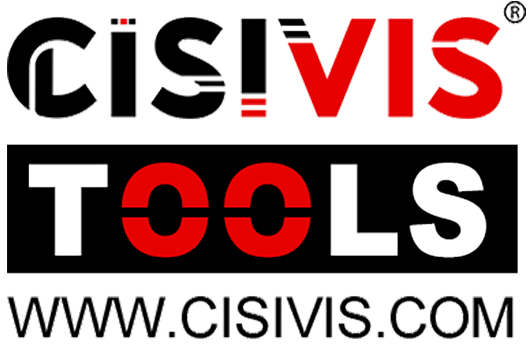Beginner’s Guide to Spray Guns — Not Just a Fancy Watering Can Leave a comment
What are spray guns — and what’s happening in the market right now?
A spray gun is a tool that atomizes liquid (paint, lacquer, water, or other coating) and applies it as a fine spray. People use spray guns in car shops, furniture finishing, house painting, and even small DIY projects. Today, spray guns are getting smarter and more varied. Industry reports show steady growth across the global spray-gun market driven by the automotive, construction, and furniture sectors. The market value for paint and spray equipment is rising as manufacturers add digital features (like battery displays and electronic flow controls) and as buyers shift toward online shopping and eco-friendlier systems.
Recent market analyses estimate the paint spray guns market in the low-to-mid billions USD and predict modest compound annual growth over the next several years. For deeper technical research, coatings and spray equipment are also the subjects of peer-reviewed studies focused on atomization, nozzle design, and advanced coatings.
Spray Guns — beginner’s crash course: “It’s not a fancy watering can” (3 minutes)
If you have three minutes, here’s how to understand a spray gun quickly. It’s not a “fancy watering can.” Three parts matter most:
- Nozzle / Air Cap
- This controls spray pattern and droplet size. A small tip makes a fine mist for smooth finishes; a large tip lays down more material fast. Changing tips changes results quickly.
- Fluid Needle & Packing
- The needle moves back and forth to let paint flow. Good packing prevents leaks and keeps spray consistent. Cheap or worn needles cause sputtering and uneven coverage.
- Feed System (Gravity, Siphon, or Pressure)
- Gravity cups sit on top and use gravity to feed paint (good for detail and less waste). Siphon cups hang below and are common on budget guns. Pressure-feed systems push paint from a remote tank — used in heavy-duty or industrial work for big jobs.
If those three parts are well-designed and matched to the job, the spray gun will feel “right” in use — smooth trigger pull, steady pattern, and minimal overspray. Use the right nozzle size for the paint type and test spray on cardboard before the real surface.

Power types: how spray guns differ, pros & cons, price and where to use them
Spray guns are usually grouped by how they atomize paint and the power source. Main categories:
A. HVLP (High Volume Low Pressure)
- How it works: High air volume at low pressure pushes paint through a nozzle.
- Pros: Good transfer efficiency (less overspray), smooth fine finish — great for furniture, cabinets, and automotive touch-up.
- Cons: Slower than airless; not ideal for very thick coatings unless you thin them.
- Price range: Mid — many consumer and pro models available ($100–$600+ depending on brand and features).
- Best for: Finish work, automotive, cabinetry.
B. Airless
- How it works: Paint is forced at very high pressure through a tiny tip to create atomization — needs no compressed air.
- Pros: Very fast cover of large areas, handles thick materials (primers, latex).
- Cons: More overspray, rougher finish for fine work; uses heavier equipment.
- Price range: Mid to high for standalone sprayers and pumps ($200–$2,000+).
- Best for: Walls, fences, exterior painting, high-volume jobs.
C. LVLP (Low Volume Low Pressure)
- How it works: Lower air volume than HVLP but still low pressure.
- Pros: Uses smaller compressors; good finish with less paint waste.
- Cons: May struggle with high-viscosity paints.
- Price range: Lower to mid ($70–$400).
- Best for: DIYers with small compressors and light finishing.
D. Air Spray (Conventional pneumatic)
- How it works: High pressure compressed air atomizes paint from the gun.
- Pros: Classic smooth finish, widely used in body shops.
- Cons: Low transfer efficiency, lots of overspray and wasted paint.
- Price range: Varies ($80–$800+).
- Best for: Professional automotive shops and industrial coating where finish quality is critical and waste is less of a concern.
E. Electric Handheld (Cordless battery-powered sprayers)
- How it works: An electric motor drives a small pump and nozzle. Modern versions often include digital battery displays.
- Pros: Portable and easy for quick DIY projects. No compressor needed.
- Cons: Less power than shop systems; limited runtime on battery.
- Price range: Budget to mid ($40–$350).
- Best for: Quick jobs, touch-ups, hobby projects.
Quick buying note: If you paint whole rooms or exteriors regularly, an airless or pressure-fed system pays off. For fine finish work, pick HVLP or a high-quality LVLP. For mobile, easy use pick a cordless electric model.
Maintenance and common problems — and how to fix them
Keeping a spray gun in good shape makes it last and keeps finishes clean. Common care tips and Q&A:
Routine maintenance
- Flush the gun with appropriate cleaning fluid after every use (water for latex, solvent for oil-based).
- Remove and clean the nozzle, needle, and cup regularly to avoid clogs.
- Inspect seals and replace worn packing to prevent leaks.
- Lubricate moving parts lightly (follow manufacturer guidance).
Common problems & solutions
- Sputtering or inconsistent spray: Likely a clogged fluid tip or worn needle. Clean or replace those parts and check paint strainers.
- Heavy orange-peel texture: Tip too large, or air pressure too low/too high. Adjust tip size and pressure. HVLP needs different settings than airless.
- Excessive overspray: Move to a lower-pressure setting or smaller tip; adjust distance and speed. Use the right nozzle and thinner if necessary.
- Electric sprayer battery dies quickly: Check battery health and charger; use correct battery type and consider a model with a digital battery display so you can monitor charge in real time.
Safety
- Always wear a respirator rated for painting, eye protection, and gloves. Work in ventilated spaces and follow paint manufacturer safety data sheets (SDS).
Summary
Summary: Spray guns are versatile tools for everything from fine furniture finishing to big exterior jobs. Choose the power type that matches your work: HVLP for detail, airless for speed and coverage, and cordless electric for portability. Maintain your gun by cleaning the nozzle and seals, and test settings before painting.
CISIVIS note (brand promo): At CISIVIS, we offer a range of spray guns suitable for DIY and pro use, with OEM and ODM support. Our models can include features like digital battery displays, brushed-motor overheat protection, and higher-end options with copper motors. Features can be adjusted by price tier — tell us your target budget and we’ll recommend the right configuration.



